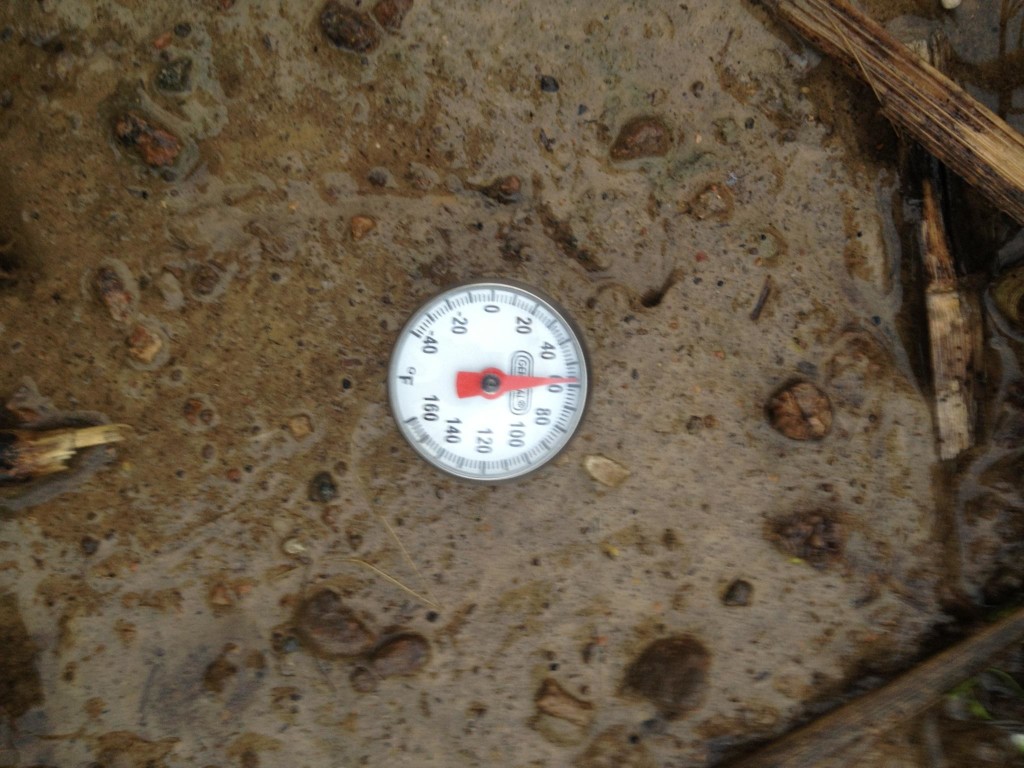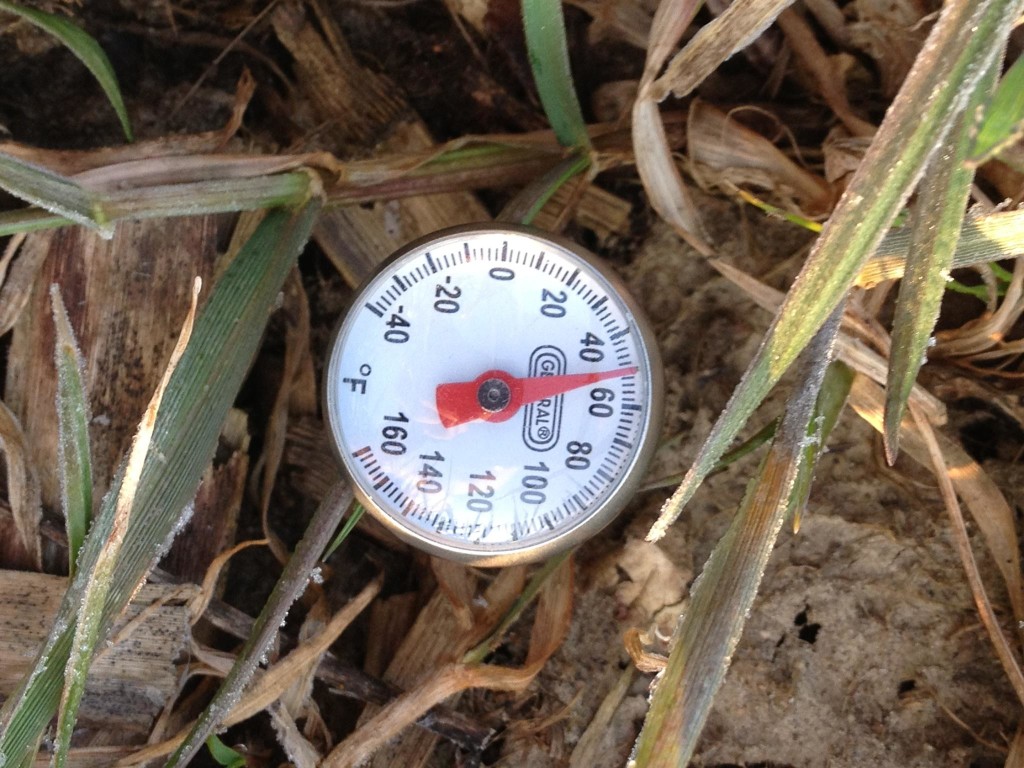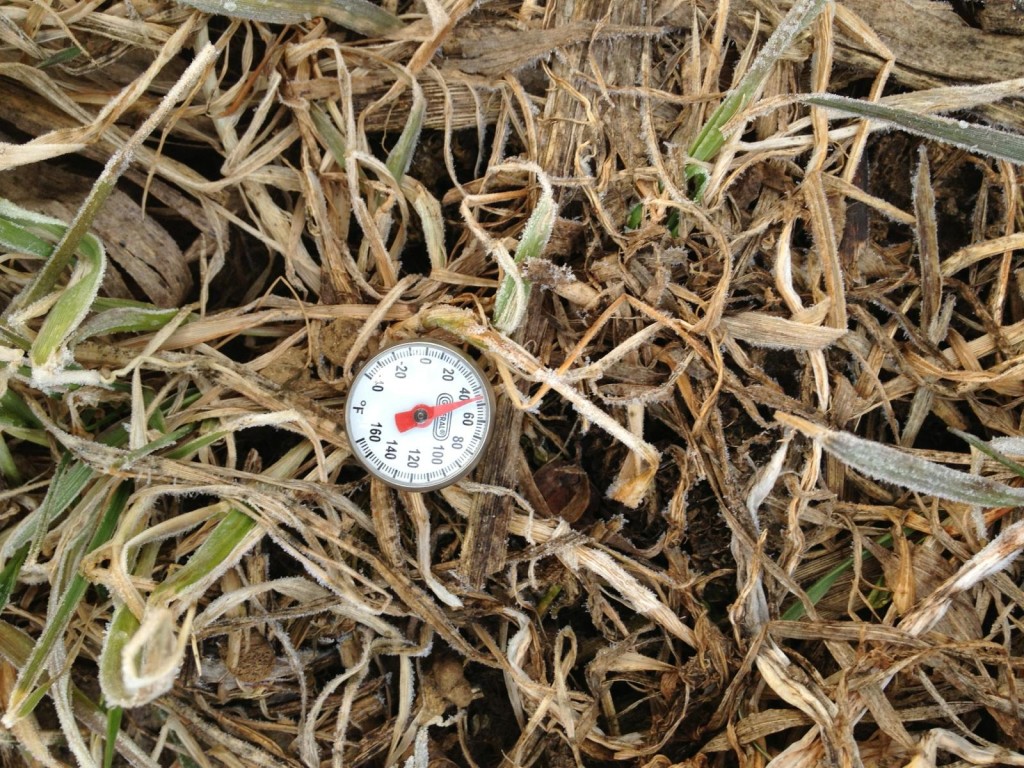Part 3- Do Cover Crops Keep the Soil Colder in the Spring?
Fact or Fiction? Cover Crops that Survive the Winter Keep the Soil Colder in the Spring than Fall-Tilled Soil – Part 3 As of today (April 17, 2013) there is 0% corn planted in Iowa and Indiana with 1% in Illinois and Ohio. It is now wet and cold…not just cold. As my brother Don […]
Part 3- Do Cover Crops Keep the Soil Colder in the Spring? Read More »


